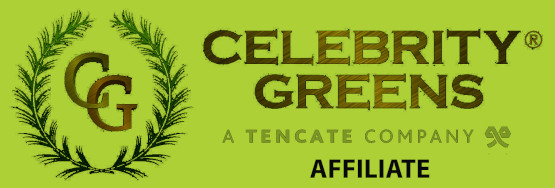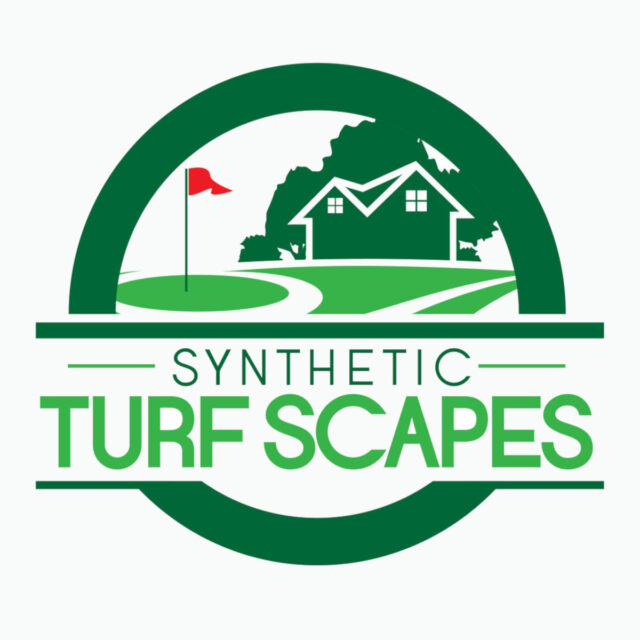Synthetic Turf Comparison
How To Compare Synthetic Turf
Choosing the right turf for your project is crucial, but with so many options, it’s easy to get confused. Some vendors and installers even mislead customers by promoting turf types that aren’t ideal for certain uses. To achieve the best results, especially for golf or play areas, it’s essential to understand the key differences between turf types.
The Synthetic Turf Scapes Way: Custom Sand-Infilled Putting Greens
- Realistic Experience: Synthetic Turf Scapes putting greens provide the most authentic experience, closely mimicking the feel of a well-maintained natural green. Our attention to detail means we recreate your handicap for the back yard so that your practice matches your real play. The sand infill allows for custom breaks and contours, delivering a much more consistent and true ball roll.
- Composition: Our greens combine high-quality synthetic turf fibers with a layer of sand infill. This sand layer replicates the feel and playability of natural grass, offering a superior golfing experience.
- Customization: Synthetic Turf Scapes greens can be tailored to your preferred green speed and the conditions of your favorite courses. This flexibility ensures that your putting green performs exactly the way you want.
- Maintenance: While our custom greens do require more a little more maintenance than other types, this is a small trade-off for the superior performance they offer. Regular brushing and grooming are necessary to keep them in top condition, and the sand may need occasional replenishing. Many customers opt for our maintenance plan to keep their greens performing at their best.
Typical Turf Installers: Nylon Putting Greens
- Composition: Nylon putting greens are made from densely packed nylon fibers, creating a smooth, uniform surface. However, this material lacks the ability to replicate the natural feel and responsiveness of a sand-infilled green.
- Fixed Roll & Bounce: Nylon greens may offer a consistent roll, but they don’t allow for the customization that sand infill provides. This means you’re stuck with a fixed speed and feel, which can be less than ideal for serious golfers. Nylon is particularly unsuited for par-three holes or areas with tee boxes, where a more natural performance is crucial.
- Maintenance: While nylon greens require less maintenance, this comes at the cost of a less realistic playing experience. Occasional brushing or grooming is enough to maintain their appearance, but they fall short in delivering the dynamic performance that golfers expect.
By understanding the right way versus the wrong way to approach synthetic turf, you can make an informed decision that ensures the best possible outcome for your project.


